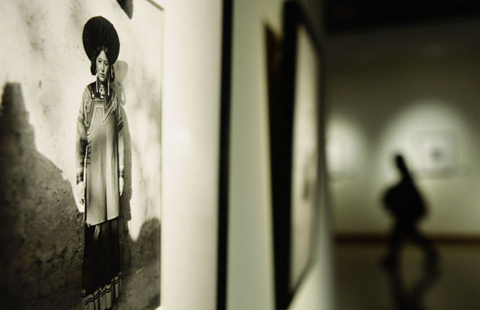History becomes her story
By Mark Graham ( China Daily ) Updated: 2014-02-23 16:41:01
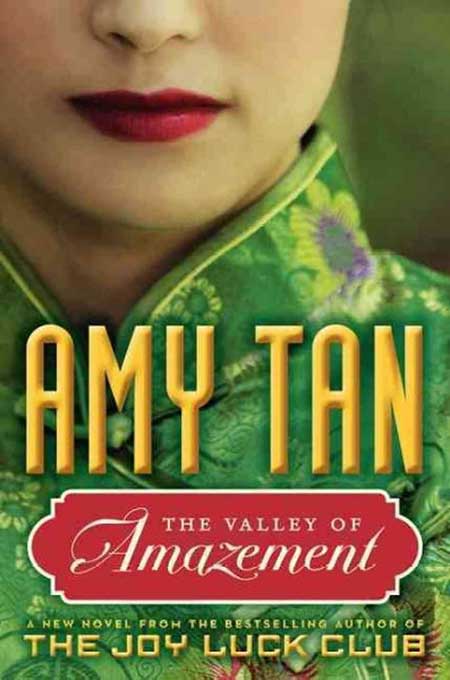 |
|
Tan's just-released book The Valley of Amazement involves extensive digging into the Tan family history. |
Tan says: "The central character is the privileged daughter of a woman from San Francisco and because of circumstances ends up becoming a courtesan. I worried about the courtesan thing because it sounds like one of those exotica subjects but it was inspired by a photograph I saw of my grandmother."
Tan says she saw an exhibition on Shanghai and part of it showed these courtesans who had influenced bringing Western culture to Shanghai. "I thought it was interesting and bought a book on courtesans by an academic and came across a section of the Ten Beauties of Shanghai in 1910. I have a picture of my grandmother wearing those exact same clothes. It was a very daring fashion - jewelry and headpieces."
The Valley of Amazement, a 600-page blockbuster, with scenes set in both China and the United States over a period that spans from 1897 to 1941, has had generally positive reviews from literary critics.
The book took almost a decade to research, write and edit. During that time, Tan embarked on various other projects including writing an opera libretto for another of her books, The Bonesetter's Daughter. Another distraction from the writing process was embarking on the construction of a new, eco-friendly house in her native San Francisco. The new home has a stunning view of Angel Island, where new immigrants from China were once processed; it is an experience the American characters in The Valley of Amazement would have gone through.
Tan says: "It is about identity. It takes place in San Francisco and Shanghai, drift literature, or floating literature, people who go back and forth between America and China. I was thinking about the tides of influence in your life, what you are born with and what you take from your past and what culture has to do with it.
"I was inspired by meeting a number of women who I didn't know were half Chinese and then I looked at them and realized yes they are. They were placed in orphanages and never adopted. It was a real stigma but there were some who passed as white and one who married someone quite influential, quite powerful. But by and large it was a stigma."
Tan's life is the total opposite: success as an author has brought her the financial independence to do whatever she pleases. In person she is warm, friendly and chatty, and immaculately groomed.
Travel is a regular part of her annual schedule. The writer, 61, is also extremely fond of San Francisco and is a de facto tourism and cultural ambassador for the city.
With such a busy schedule, it is little wonder that Tan's books are far and few between. So don't expect a follow-up to the Valley of Amazement any time soon.
|
|
|
|
|
|
|
|

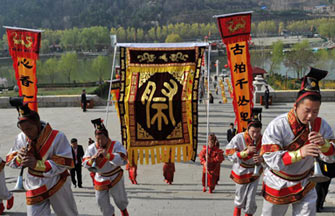
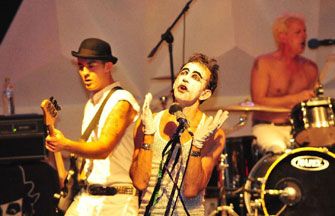
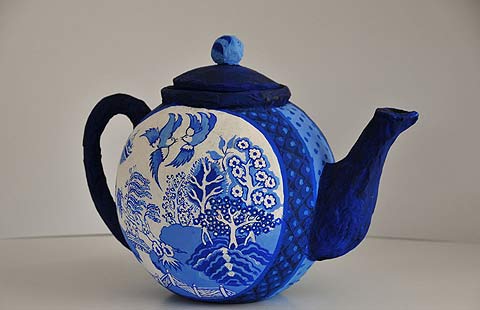











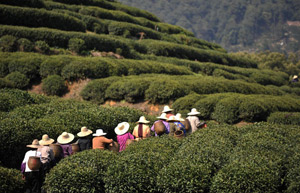


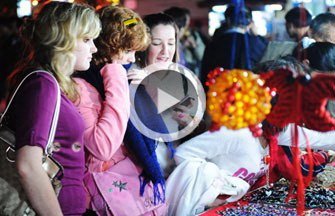
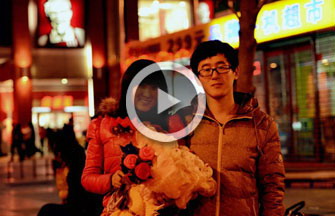

 Raymond Zhou:
Raymond Zhou: Pauline D Loh:
Pauline D Loh: Hot Pot
Hot Pot Eco China
Eco China China Dream
China Dream China Face
China Face



